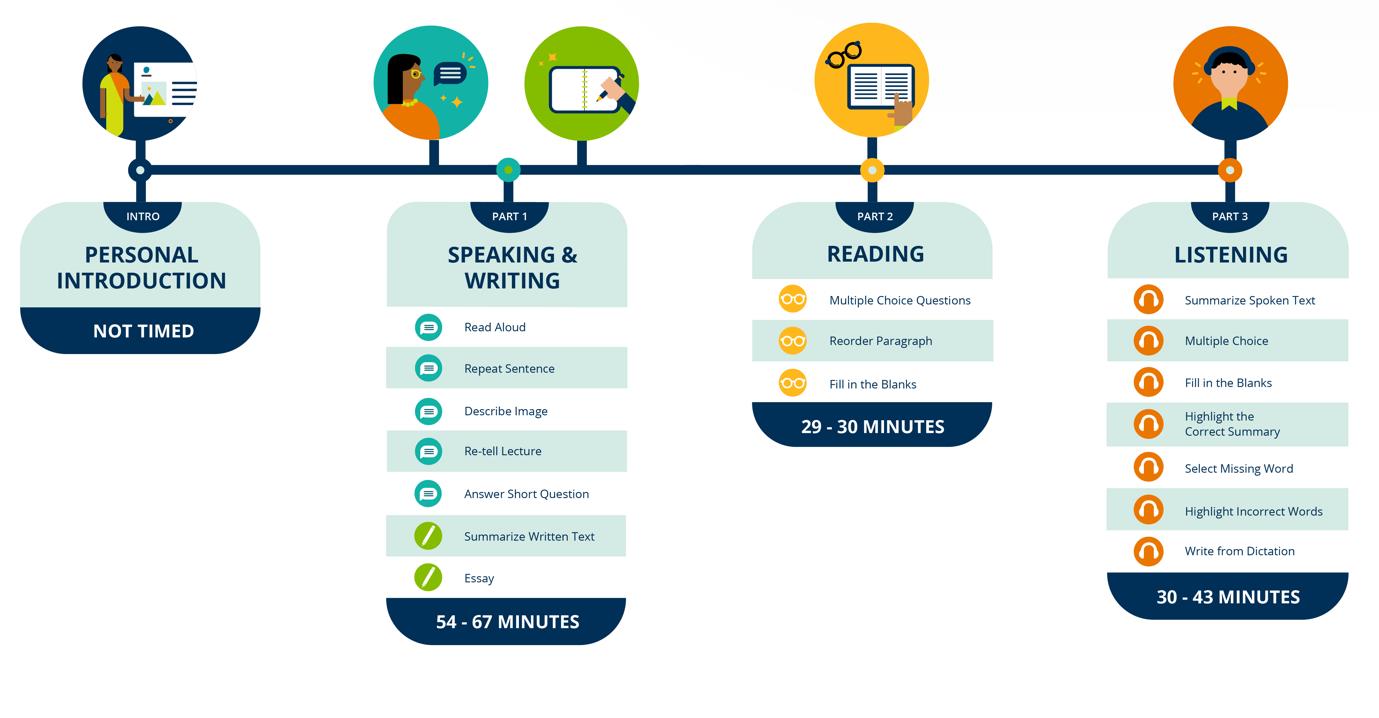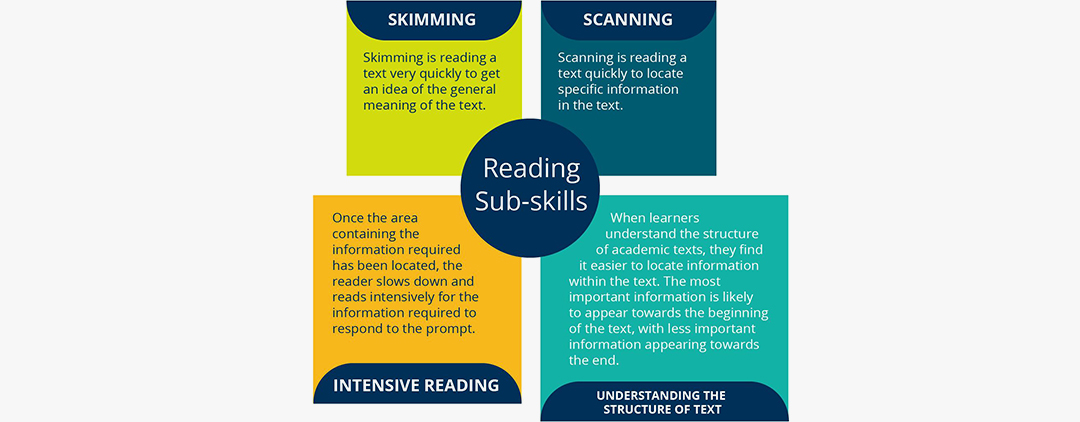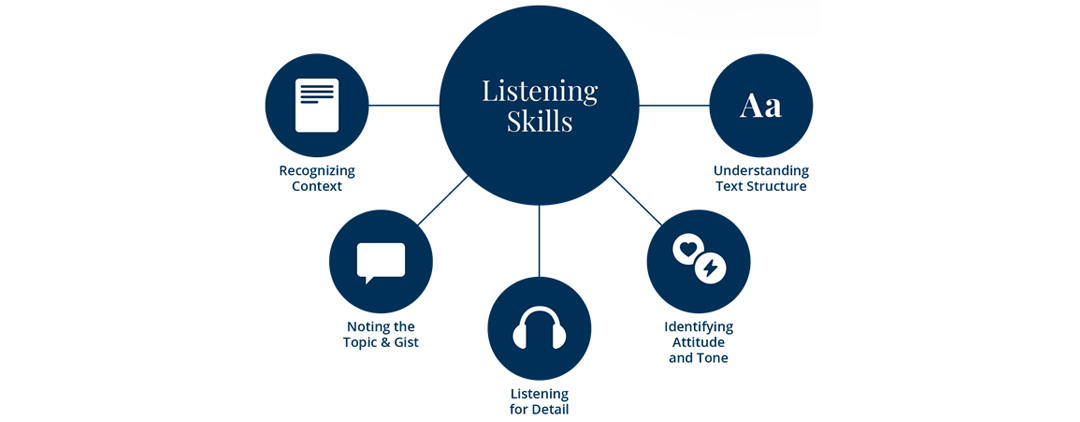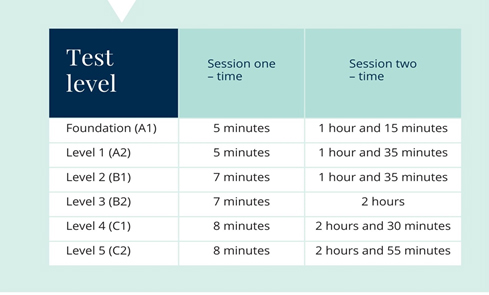PTE Coaching in Jaipur
In 2019, the Pearson Test of English (PTE) made history as the world's inaugural fully computer-based English proficiency test. Not only is the examination conducted on computers, but it is also entirely assessed through computerized means. Embraced by the governments of the UK, Australia, and New Zealand, alongside numerous global academic institutions, PTE serves as a testament to one's English language proficiency. Ideal for those aspiring to relocate to English-speaking countries or pursue studies at universities where English is the primary language of instruction, PTE stands out as the preferred assessment.
Convenience is a hallmark of the PTE experience. Offered 365 days a year at test centers worldwide, the computer-based format ensures swift result delivery within 48 hours, eliminating the need for face-to-face interactions with examiners or manual writing. The approximately two-hour test comprises three sections: Speaking and Writing, Reading, and Listening, featuring 20 diverse question types, such as Read-Aloud and Repeat Sentence, drawn from authentic academic sources. Randomly generated questions ensure the uniqueness of each test, reinforcing PTE's reliability. Assessment is conducted through automated Artificial Intelligence, comparing responses with millions of others for an accurate evaluation. PTE scores, ranging from 10 to 90 on the Global Scale of English (GSE), offer a comprehensive measure that can be easily compared with other English proficiency tests. Further adding to its appeal, PTE enables test-takers to share their score reports with an unlimited number of universities and institutes, showcasing their linguistic brilliance.






